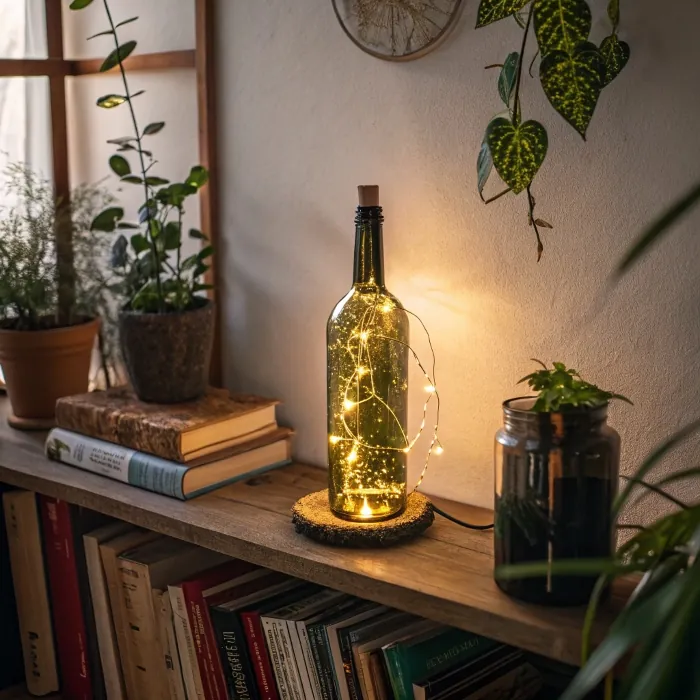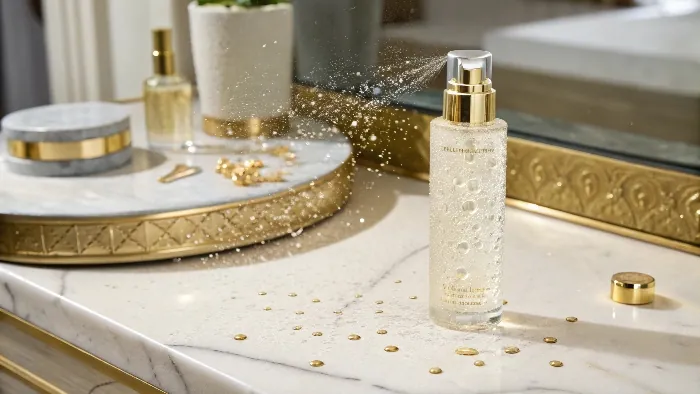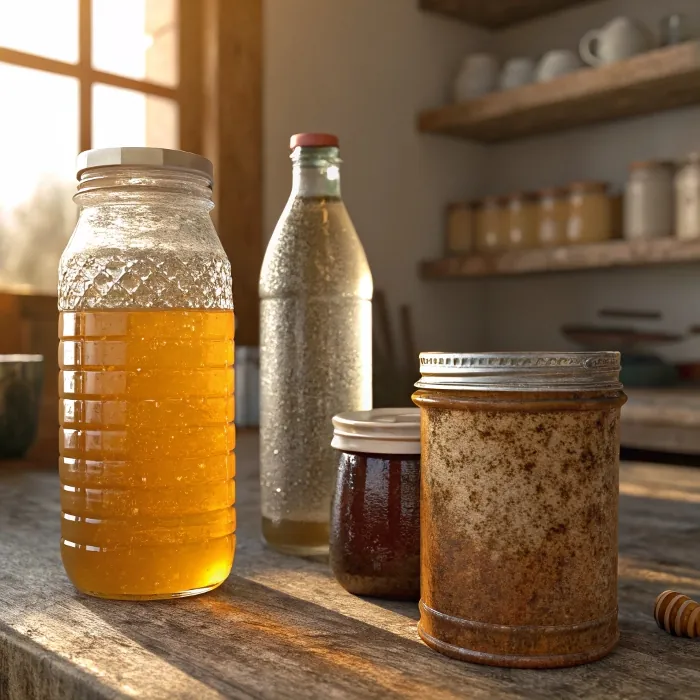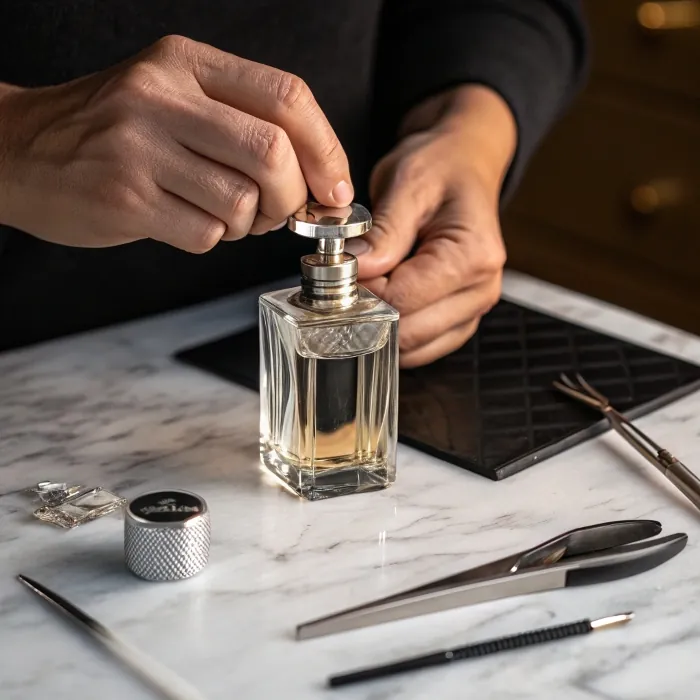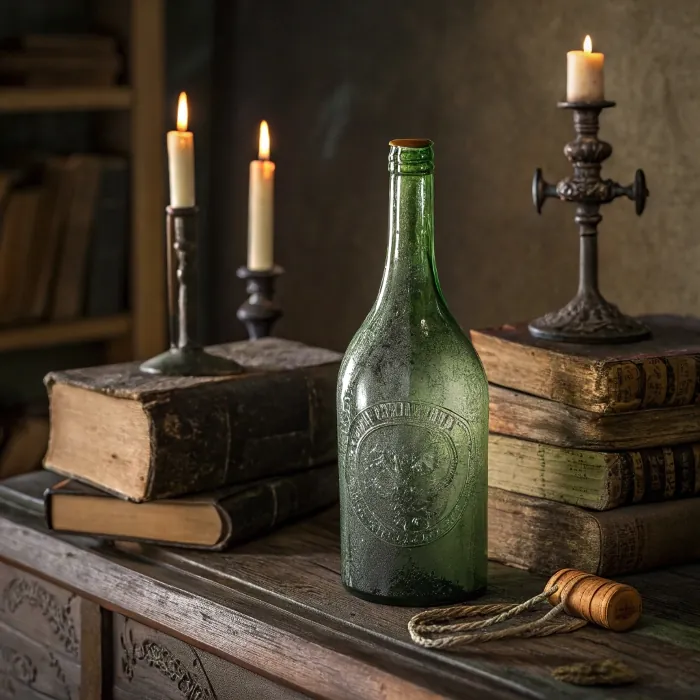
Sometimes a glass bottle feels like a time capsule, but without a clear label, how do you know when it was made?
You can estimate a glass bottle's age by examining key features like mold seams, color, bubbles in the glass, markings, and closure types.
Most antique bottles don’t come with a timestamp, but if you know where to look, they actually carry several built-in clues. Let’s walk through the signs that can help reveal a bottle’s true age.
What markings reveal a bottle’s age?
Even a dusty bottle’s base or sides can tell a fascinating story—if you know how to read the marks.
Markings like maker’s marks, patent numbers, and date codes can pinpoint when and where a glass bottle was made.
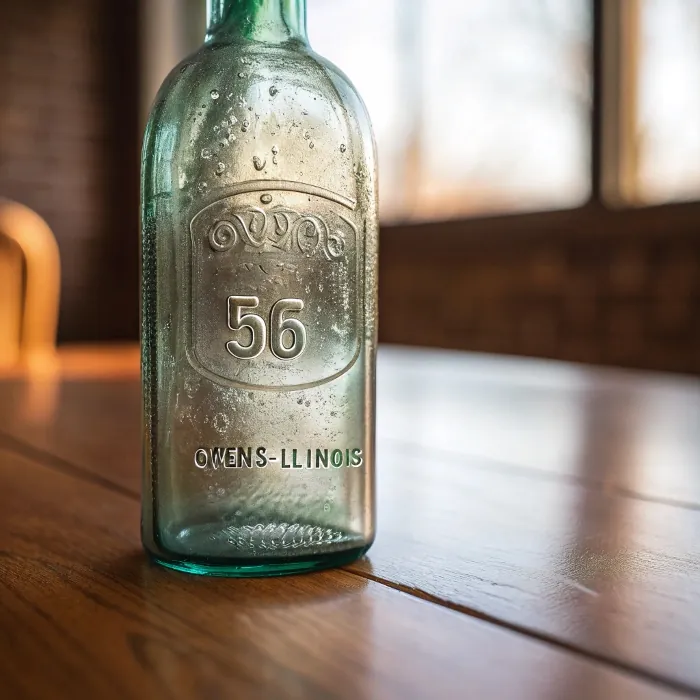
When I examine a bottle, the first thing I check is the base. This is where manufacturers often added identifying codes. These can include logos, glasshouse initials, or mold numbers. Some U.S. bottles from the mid-20th century, for instance, carry a two-digit year code—like "56" for 1956—especially those made by Owens-Illinois.
Common Types of Markings
| Mark Type | Example | What It Reveals |
|---|---|---|
| Maker's mark | I-in-an-O for Owens-Illinois | Factory and sometimes year |
| Date code | "56" | Possibly made in 1956 |
| Patent info | "Pat'd Dec 29 1903" | A date after which the bottle was made |
These clues don’t always give an exact year, but they can help narrow the window significantly. Sometimes, even embossing like “Federal Law Forbids Sale or Reuse” suggests Prohibition or post-Prohibition years (1930s–1960s).
In cases where markings are worn off, I often photograph and enhance them digitally, which helps to make them legible again. This technique has helped me verify several bottles from the early 1900s.
How do mold seams indicate manufacturing date?
Sometimes, the seams on a glass bottle offer more than just a line—they map out the history of glassmaking technology.
The position and style of mold seams show whether a bottle was mouth-blown or machine-made, and which era it came from.
When I run my finger along a bottle's seam, I’m really tracing the evolution of industrial glassmaking. Bottles made before 1860 were usually free-blown or dip-molded, meaning no visible seam at all or only partial ones. From 1860 to 1915, mold seams were present but stopped below the lip, because the top was hand-finished.
Timeline of Mold Seam Evolution
| Period | Seam Location | What It Means |
|---|---|---|
| Pre-1860 | No seam or partial | Hand-blown, early mold methods |
| 1860–1915 | Seam to neck only | Mold-made body, hand-finished lip |
| Post-1915 | Seam to top | Fully machine-made |
Bottles with seams that run all the way to the lip were made with automatic bottle machines (ABMs). These came into wide use after 1915. The most common one, the Owens machine, revolutionized bottle production and left a telltale circular scar on the base.
Next time you're at a flea market or digging in your backyard, check those seams first—it’s one of the most consistent clues.
Can bottle color and glass bubbles help date it?
The color of glass might seem like a style choice, but it’s actually a powerful clue about age and ingredients.
Older bottles tend to have natural colors like aqua, amber, or amethyst, and they often contain bubbles from less refined glassmaking.
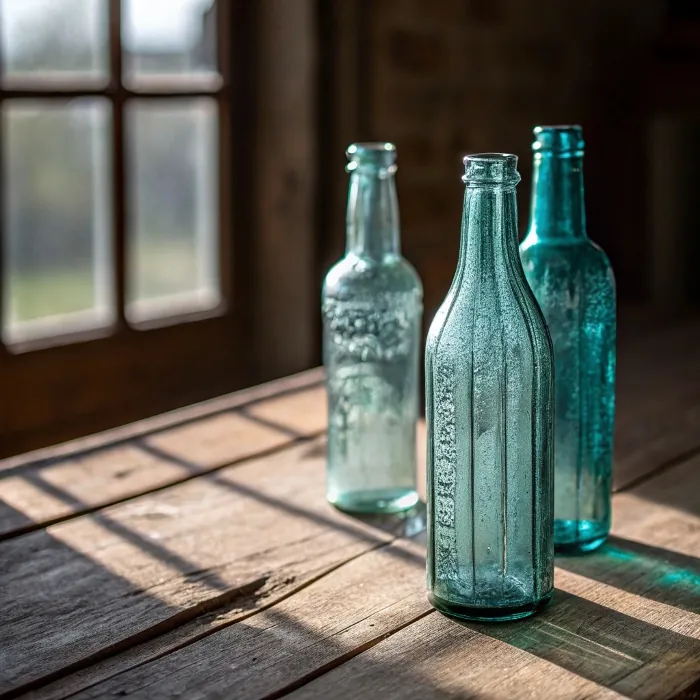
Early glass was made using sand with impurities and limited control over chemistry. That’s why you’ll often see old bottles with a slight aqua tint—it comes from iron oxide in the sand. Purple or amethyst tones indicate the use of manganese, which turned purple after prolonged UV exposure, a common sight in pre-1915 bottles.
Common Bottle Colors by Era
| Color | Typical Era | Notes |
|---|---|---|
| Aqua | 1800s–early 1900s | From natural iron content |
| Amber | 1850s–present | Offered UV protection |
| Amethyst | Pre-1915 | Due to manganese, turns purple in sunlight |
| Clear | Post-1920 | Industrially refined glass |
Bubbles are another hint. Modern bottles are made with advanced techniques that eliminate most imperfections. If you spot small, irregular bubbles trapped in the glass, the bottle likely predates 1920.
I've even found green soda bottles from the 1930s where the swirls and bubbles made each one look unique. Today, that inconsistency adds to their charm—and value.
What closures (lips, corks, screw tops) date bottles?
A bottle’s top is more than a way to seal it—it’s a timeline in glass.
The shape of the bottle's lip and its closure type can identify the manufacturing process and time period.
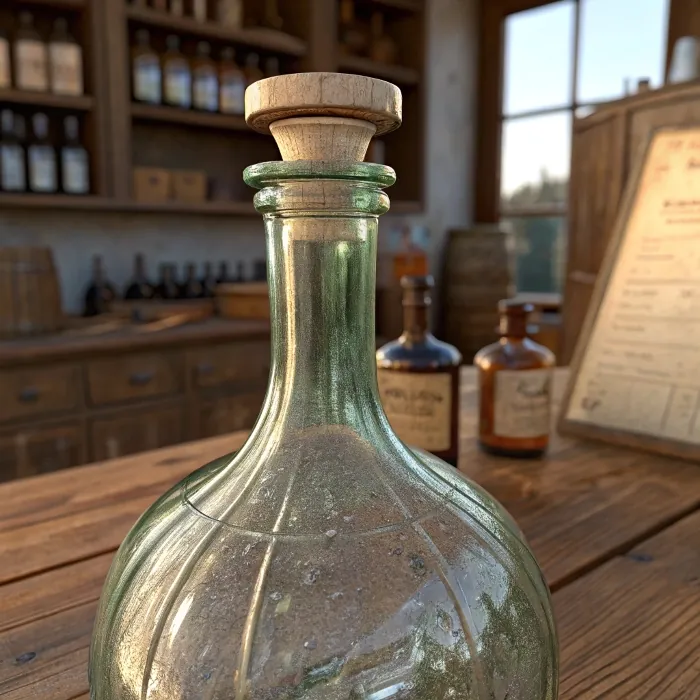
Hand-finished lips were the standard before 1900. These were created by adding molten glass and shaping it manually. By contrast, uniform machine-made screw tops only became common in the early 20th century.
Types of Closures by Era
| Closure Type | Typical Years | Notes |
|---|---|---|
| Cork | 1700s–1920s | Requires lip finish for seal |
| Blob top | 1850s–1910s | Seen on soda bottles |
| Hutchinson stopper | 1870s–1910s | Spring-loaded inside |
| Screw top | Post-1900 | Became dominant by 1920 |
| Crown cap | 1890s–present | Still used for sodas and beers |
I once identified a small green perfume bottle from 1895 just by its wide flared lip and cork residue inside. For collectors like me—and customers like Emily—these details turn a simple bottle into a documented artifact.
Conclusion
By examining seams, colors, markings, and closure types, anyone can start dating glass bottles accurately. These clues transform forgotten glass into a documented piece of history.

